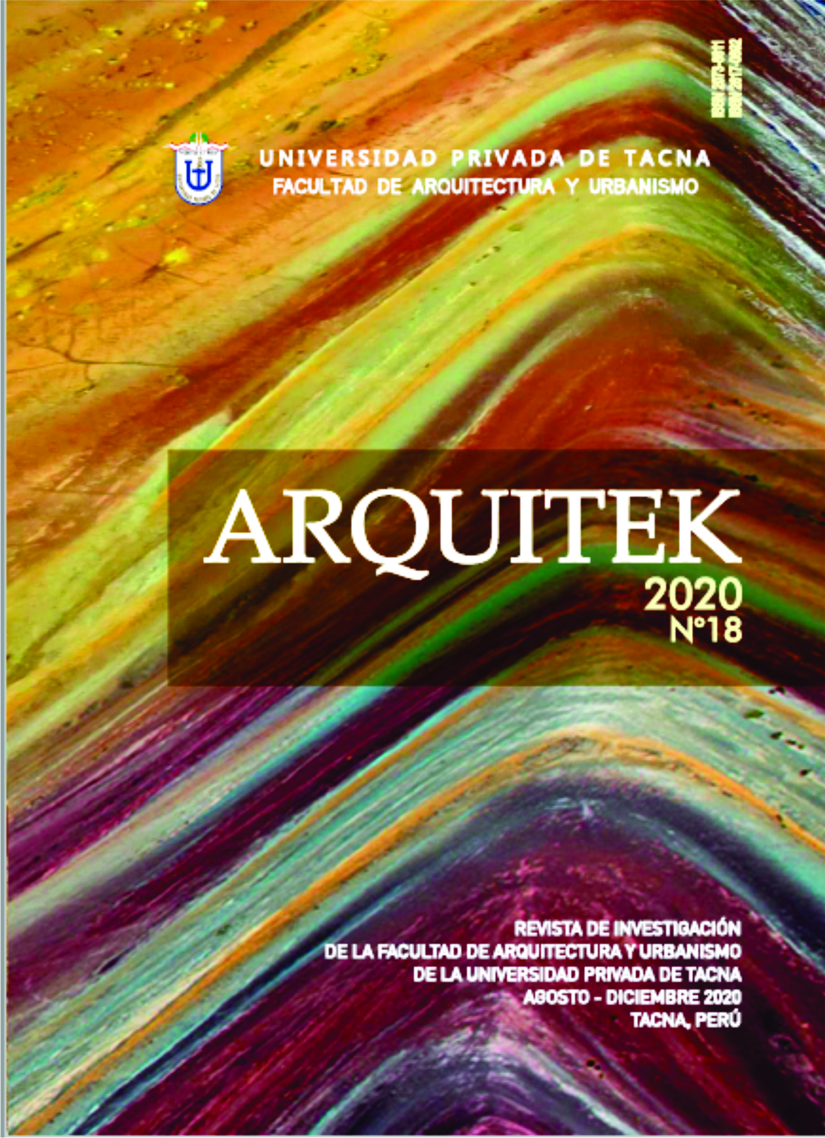Latin american historical centers and their contribution to environmental and landscape sustainability
DOI:
https://doi.org/10.47796/ra.2020i18.439Keywords:
Historic center, public space, urban sustainability, environmental quality, urban landscapeAbstract
Regarding the contribution to the environmental and landscape sustainability of historic centers, different studies have proposed countless valuation models, qualitative and quantitative estimation in different order of rural, forest areas, etc., not so much for historical centers. Although there are intentions of valuation of urban areas in general, but not specific within the historical patrimonial context. However, others have proposed a set of models that attempt to quantitatively assess landscape quality and impact through inventories of landscape features (physical factors and aesthetic categories) and preference surveys. Therefore, the objective of this research is the "assessment of the environmental quality and the urban landscape of heritage interest", it is a fundamental element in the sustainable development of the historic center. Additionally, visual quality constitutes a component of environmental quality and urban life that encourages people's sense of belonging to their natural and built environment, with high aesthetic value, which are the essential factors in the formation of the “Image from the city". Therefore, this research proposes a methodology for the assessment of environmental and landscape quality, considered from the perspective, which is complemented with other physical environmental attributes. Its application to Latin American heritage spaces makes it a new methodological tool for its adaptation




